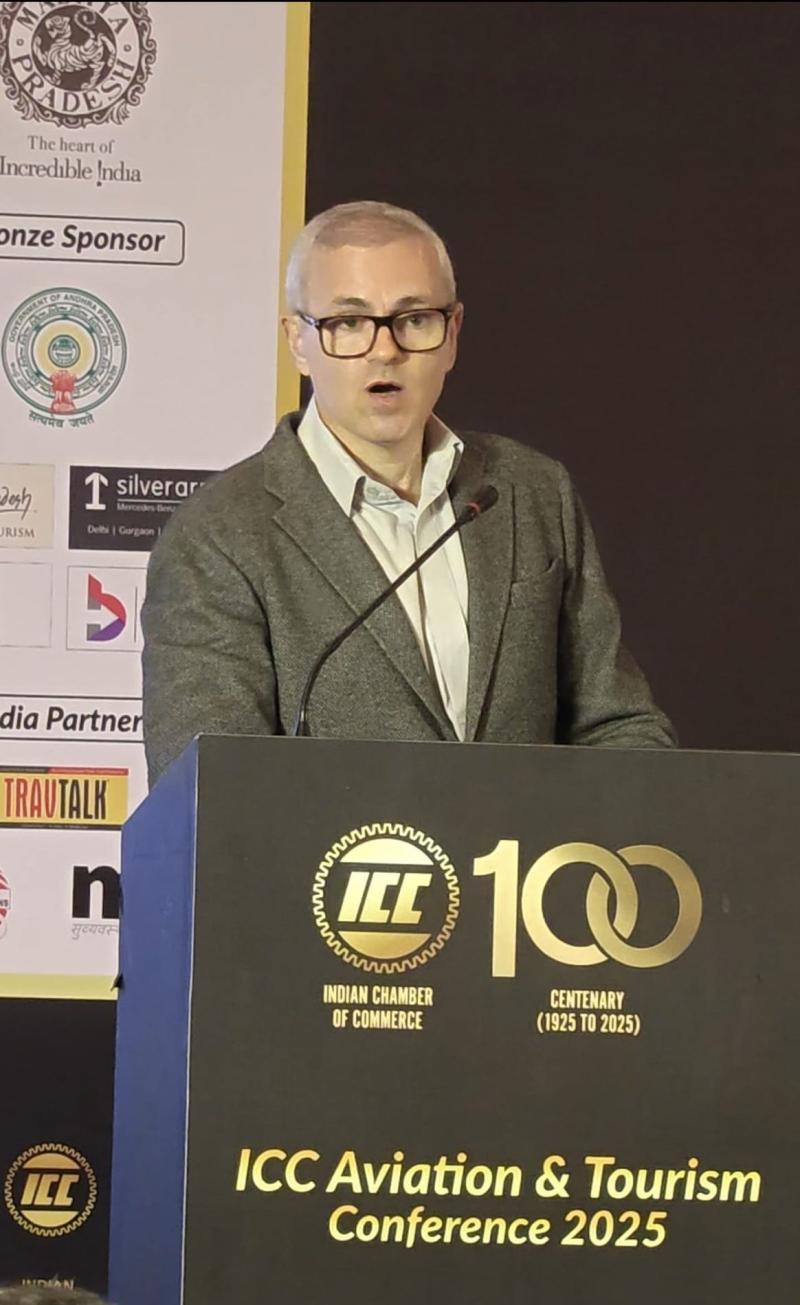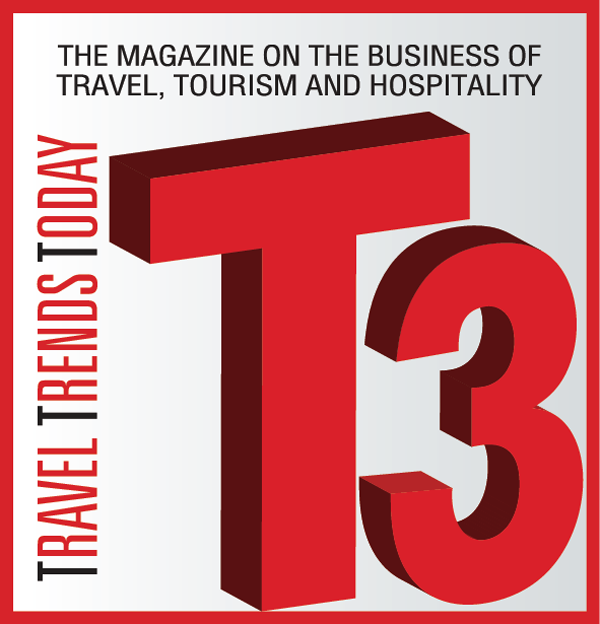We chased volumes; focus now is value-driven tourism in J&K: CM Omar Abdullah
 Representative image
Representative image
Besides announcing the plans to develop 9 new destinations, Abdullah expressed his eagerness to collaborate with industry stakeholders to redefine tourism in the region. He also shared that a new tourism policy is currently under review and will soon be introduced, focusing on repositioning Jammu & Kashmir as a destination that prioritises quality over quantity.
In a powerful call for transformation, Jammu & Kashmir’s Chief Minister Omar Abdullah today made a bold statement with regards to region’s tourism future. Speaking at the ICC Conference for Aviation & Tourism Conference in New Delhi, he asserted that the era of volume-driven tourism in the U/T must give way to ‘value-based’ tourism—one that places quality over quantity, sustainability over saturation.
“Tourism used to be a barometer for normalcy in the region. After periods of unrest and terror, every tourist who came brought a sense of hope and economic revival,” Abdullah reflected. “But now, we are at a turning point. Today, I am increasingly of the view that we need to reposition Jammu and Kashmir, not as a destination for volume tourism, but as a destination for value tourism. We need to go up the value chain.”
Abdullah admitted that earlier strategies were centered around maximising footfall. “The more tourists we got, the better we felt. It was a win-win. But today, we are grappling with the consequences—overcrowded destinations and diminishing visitor experience.”
He pointed out the infrastructural challenges during peak seasons. “The valley is pretty much saturated. The moment the tulip garden opens, Srinagar comes to a halt. What should be a 15-minute ride can stretch to three hours. Gulmarg’s gondola queues are now infamous on social media,” he said, adding the need for carrying capacity at Gulmarg gondola which grapples with issues like overcrowding and peak high, inconsistent ticket prices.
To tackle this, the J&K government has identified nine new destinations it plans to develop through multilateral funding, easing pressure on tourist hotspots like Gulmarg, Pahalgam, and Sonmarg. He also shared that about INR 5.5 thousand crore funding is being looked at for the development of these destinations. “Besides the new places in the valley, we are also looking to unlock the tourism potential in parts of Jammu that remain underexplored besides also working with the various agencies to understand how tourism can be leveraged from about 1 crore tourists coming to Jammu every year,” Abdullah added.
Infrastructure alone won’t suffice, the CM said as he was candid about the need to reimagine the visitor experience. “We often treat tourists as one-time commodities—squeeze them for what we can, because we’re not sure they’ll return. That perception has to change. Our goal must be to ensure they come back, again and again.”
He also stressed the need to improve not only hotel standards but also the entire tourism experience. “It’s about the feel-good factor. Tourists should leave wanting more, not just satisfied with what they got.”
Addressing the role of connectivity, Abdullah touched upon one of the region’s biggest bottlenecks—airfare. “A half-hour flight from Jammu to Srinagar recently cost INR 19,000 to INR 20,000. A Srinagar-Delhi ticket goes up to INR 27,000. How is that viable?”
However, he expressed hope that the upcoming Vande Bharat train between Jammu and Srinagar—expected to be flagged off soon by the Prime Minister—would change the game. “The train will integrate Kashmir with the national rail network, making access easier, especially for domestic tourists,” he noted.
Yet, Abdullah was quick to caution that greater access also means larger crowds. “Railways typically bring volumes. We’re preparing for that. The goal remains: value over volume.”
He acknowledged the challenges ahead but insisted that his government is not in denial. “Before you solve a problem, you must recognise it exists. We are not relying on nostalgia or past glory. Yes, Jammu and Kashmir was the honeymoon capital of India. Films were incomplete without sequences shot in the Valley. But that’s no longer enough.”
In an era of viral proposals on Maldives beaches, he believes J&K has a new opportunity. “Because it's been off the radar for a while, it now offers freshness. It’s still ‘Instagrammable,’ still magical.”
The CM further shared that a high-profile destination wedding is set to take place soon in Srinagar, with similar events being lined up in Gulmarg and Pahalgam. “We hope these occasions will put Jammu and Kashmir back in the spotlight—this time, for all the right reasons.”
Ending on a hopeful note, Abdullah expressed his eagerness to collaborate with industry stakeholders to redefine tourism in the region. He also shared that a new tourism policy is currently under review and will soon be introduced, focusing on repositioning Jammu & Kashmir as a destination that prioritises quality over quantity.
During the session today, industry stakeholders also presented key recommendations to Chief Minister Abdullah, urging greater collaboration with the Ministry of External Affairs (MEA) to revise outdated travel advisories still in effect across major source markets such as the US, UK, and Australia. These advisories, they noted, continue to impact Jammu & Kashmir’s positioning as a safe and ideal tourism destination.
Other recommendations included policy reforms to boost the MICE (Meetings, Incentives, Conferences & Exhibitions) sector, streamlined single-window clearances to attract filmmakers, increased deployment of electric and CNG vehicles, expansion of gondola infrastructure in select locations, and a strategic push to tap into the South Indian market—both for tourist footfalls and film production opportunities.
The Chief Minister acknowledged each of the suggestions and assured the industry of his full support in taking them forward.

